Hydraulic Savonius Turbine Multiphase CFD Simulation – ANSYS Fluent Tutorial
Hydraulic Savonius Turbine Multiphase CFD Simulation – ANSYS Fluent Tutorial
- Upon ordering this product, you will be provided with a geometry file, a mesh file, and an in-depth Training Video that offers a step-by-step training on the simulation process.
- For any more inquiries regarding the product, please do not hesitate to reach out to us at info@CFDLAND.com or through our online support assistant.
€185.00 Original price was: €185.00.€165.00Current price is: €165.00.
Hydraulic Savonius turbine CFD analysis has become very important for renewable energy systems. Engineers use Savonius turbine Fluent simulations to design better water turbines for rivers and ocean currents. The hydraulic Savonius turbine multiphase CFD method helps study how water and air interact with turbine blades. This Savonius turbine ANSYS Fluent tutorial shows why multiphase CFD simulation is needed for accurate results. Hydraulic turbine CFD analysis using ANSYS Fluent software can predict power output before building real turbines. The Savonius turbine CFD simulation is special because these vertical axis turbine CFD models work well in low-speed water flows. Many engineers choose hydraulic turbine Fluent modeling to optimize blade shapes and improve efficiency. The multiphase Fluent approach in Savonius turbine simulation captures free surface effects between water and air. This ANSYS Fluent CFD study of hydraulic Savonius turbines helps reduce costs in hydropower projects. Computational fluid dynamics for Savonius turbine multiphase flow reveals complex vortex patterns around blades. The turbine CFD analysis using ANSYS Fluent multiphase solver provides data for torque and power coefficients. Understanding hydraulic Savonius turbine Fluent simulation results help engineers design better renewable energy systems for sustainable power generation. Our guides through this study are:
- Reference [1]: Kerikous, Emeel, and Dominique Thévenin. “Optimal shape of thick blades for a hydraulic Savonius turbine.” Renewable energy134 (2019): 629-638.
- Reference [2]: Nakajima, Miyoshi, Shouichiro Iio, and Toshihiko Ikeda. “Performance of Savonius rotor for environmentally friendly hydraulic turbine.” Journal of Fluid Science and Technology3 (2008): 420-429.
Figure 1: Flow patter around the Savonius water turbine
Simulation Process of Hydraulic Savonius turbine Fluent
The Savonius turbine CFD modeling process starts with creating a 3D geometry using ANSYS Design Modeler. First, engineers design the hydraulic Savonius turbine blades and water domain for multiphase CFD simulation. Next, the ANSYS Meshing software creates high-quality mesh with boundary layer cells near blade surfaces. This Savonius turbine Fluent mesh setup is very important because it captures water flow details around rotating blades. Then, engineers set up the VOF multiphase model in ANSYS Fluent to simulate both air and water phases accurately. The hydraulic turbine CFD simulation uses Volume of Fluid method to track the free surface between water and air. After that, the Sliding Mesh technique in ANSYS Fluent CFD applies rotational motion to Savonius turbine blades during operation. Finally, the transient CFD simulation in ANSYS Fluent runs over multiple time steps to capture unsteady flow effects.
Post-processing of Savonius water turbine CFD analysis
After running the Savonius turbine CFD simulation, we can see how water interacts with the turbine blades. The streamlines from our Fluent analysis offer a clear view of the water’s path as it approaches and flows through the hydraulic Savonius turbine. We observe that water velocity increases notably as it squeezes between the turbine blades and the channel walls, with speeds reaching approximately 2.16 m/s in certain zones. This acceleration, visualized through the turbine CFD results, is a key factor in how the Savonius turbine extracts energy. The velocity contour further clarifies these high-speed regions, particularly on the advancing blade’s outer edge, providing crucial data for ANSYS Fluent CFD users looking to optimize blade design for better performance in multiphase flows.
Figure 2: Visualizing water movement as velocity streamlines around the Hydraulic Savonius Turbine in an ANSYS Fluent multiphase simulation
Figure 3: Velocity distribution across a central plane of the Savonius turbine, a key output from the multiphase Fluent CFD analysis
Delving deeper into the hydraulic turbine Fluent results, the turbulence kinetic energy plot reveals areas where the water flow is highly agitated. Around the Savonius turbine blades and in their wake, significant turbulence is generated, with energy values peaking around 0.06 m²/s². This information from the Savonius turbine simulation is vital because high turbulence can sometimes mean energy losses, but it also shows strong interaction between the water and the turbine. Understanding these turbulent zones through computational fluid dynamics (CFD) helps engineers refine the Savonius turbine multiphase Fluent model to predict and improve the overall efficiency of the hydraulic Savonius turbine system, ensuring more effective energy capture.
Figure 4: Distribution of Turbulence Kinetic Energy (TKE), highlighting areas of high turbulence in the Savonius turbine Fluent simulation
We pride ourselves on presenting unique products at CFDLAND. We stand out for our scientific rigor and validity. Our products are not based on guesswork or theoretical assumptions like many others. Instead, most of our products are validated using experimental or numerical data from valued scientific journals. Even if direct validation isn’t possible, we build our models and assumptions on the latest research, typically using reference articles to approximate reality.
Yes, we’ll be here . If you have trouble loading files, having technical problems, or have any questions about how to use our products, our technical support team is here to help.
You can load geometry and mesh files, as well as case and data files, using any version of ANSYS Fluent.
€140.00 Original price was: €140.00.€105.00Current price is: €105.00.

€180.00 Original price was: €180.00.€155.00Current price is: €155.00.

€220.00 Original price was: €220.00.€135.00Current price is: €135.00.

€270.00 Original price was: €270.00.€165.00Current price is: €165.00.

€195.00 Original price was: €195.00.€135.00Current price is: €135.00.

€330.00 Original price was: €330.00.€199.00Current price is: €199.00.


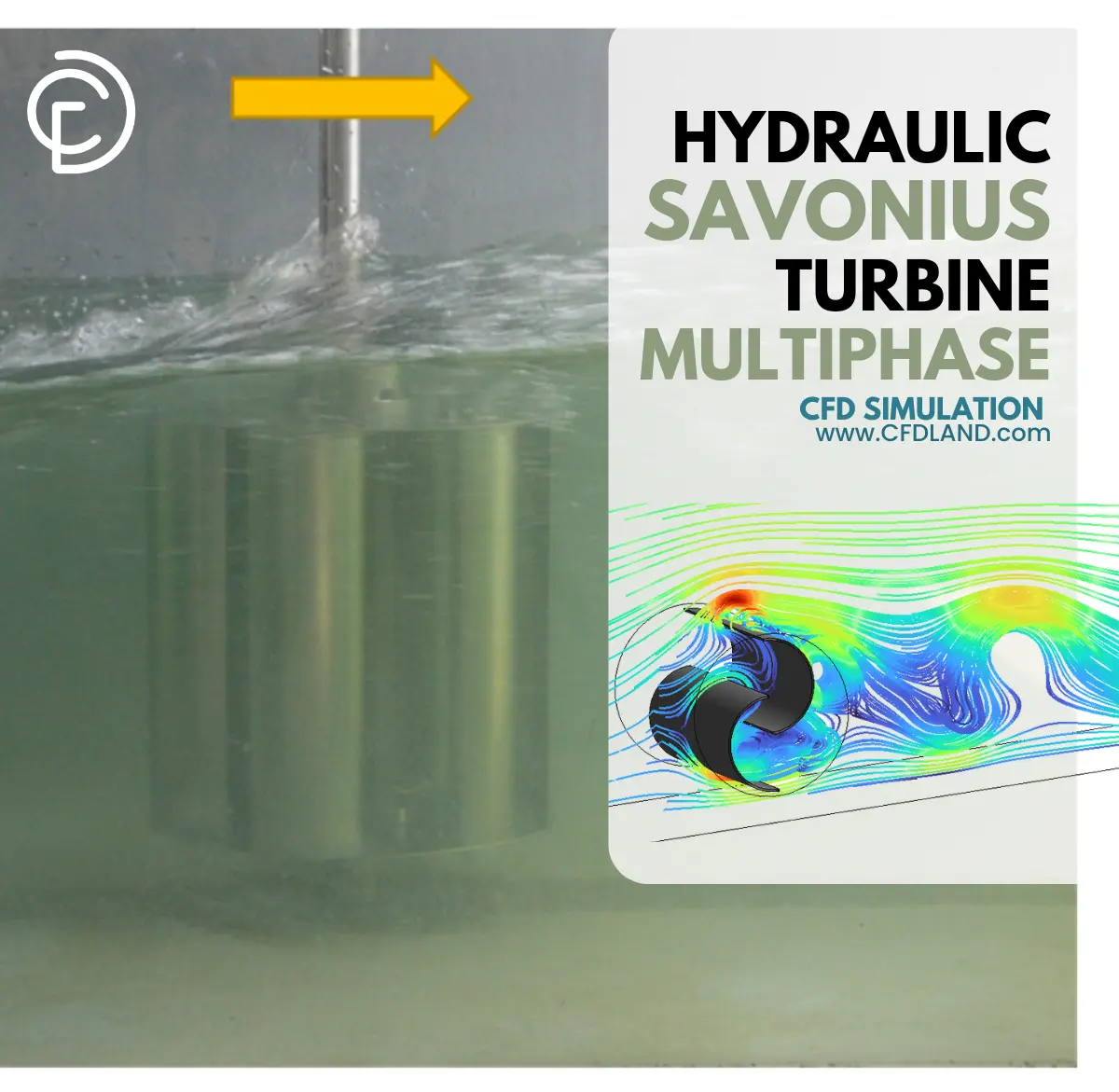

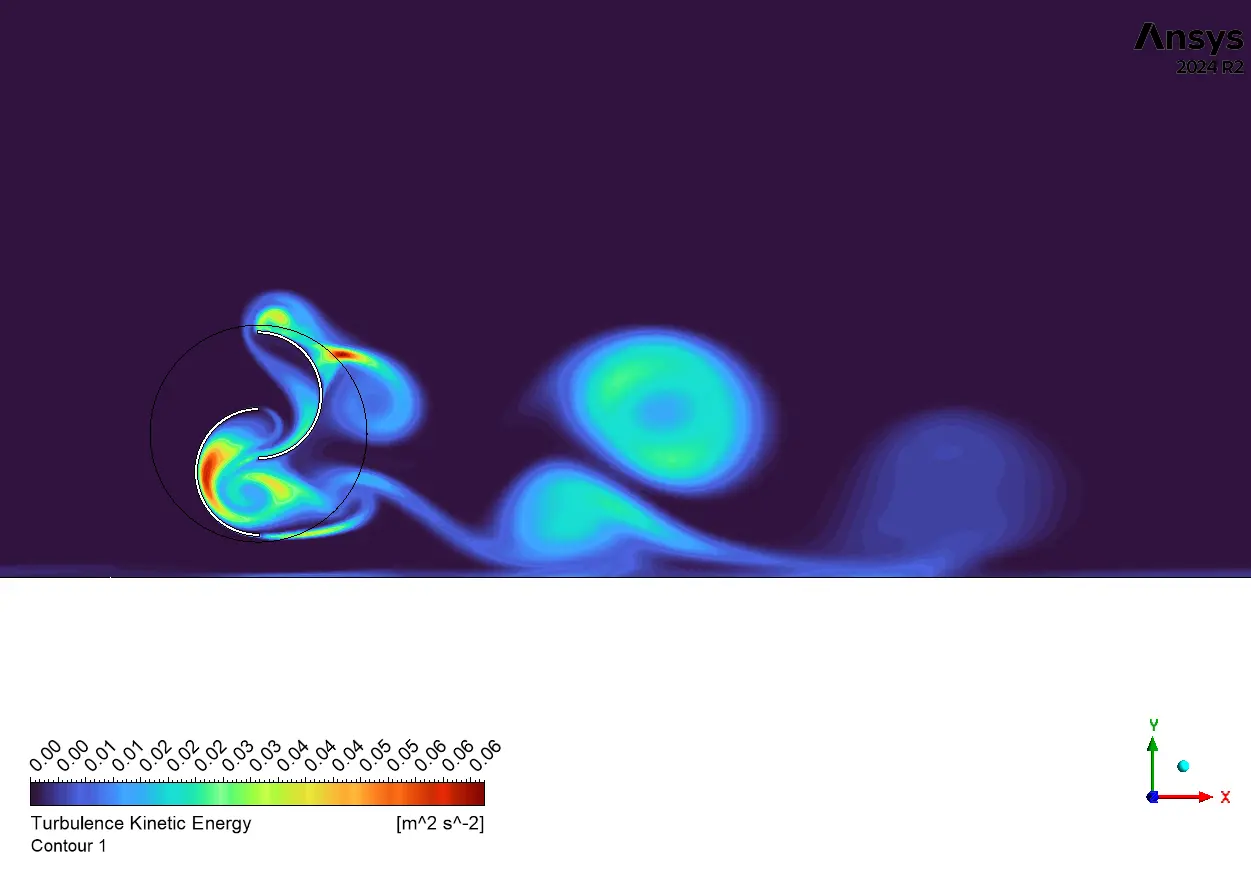
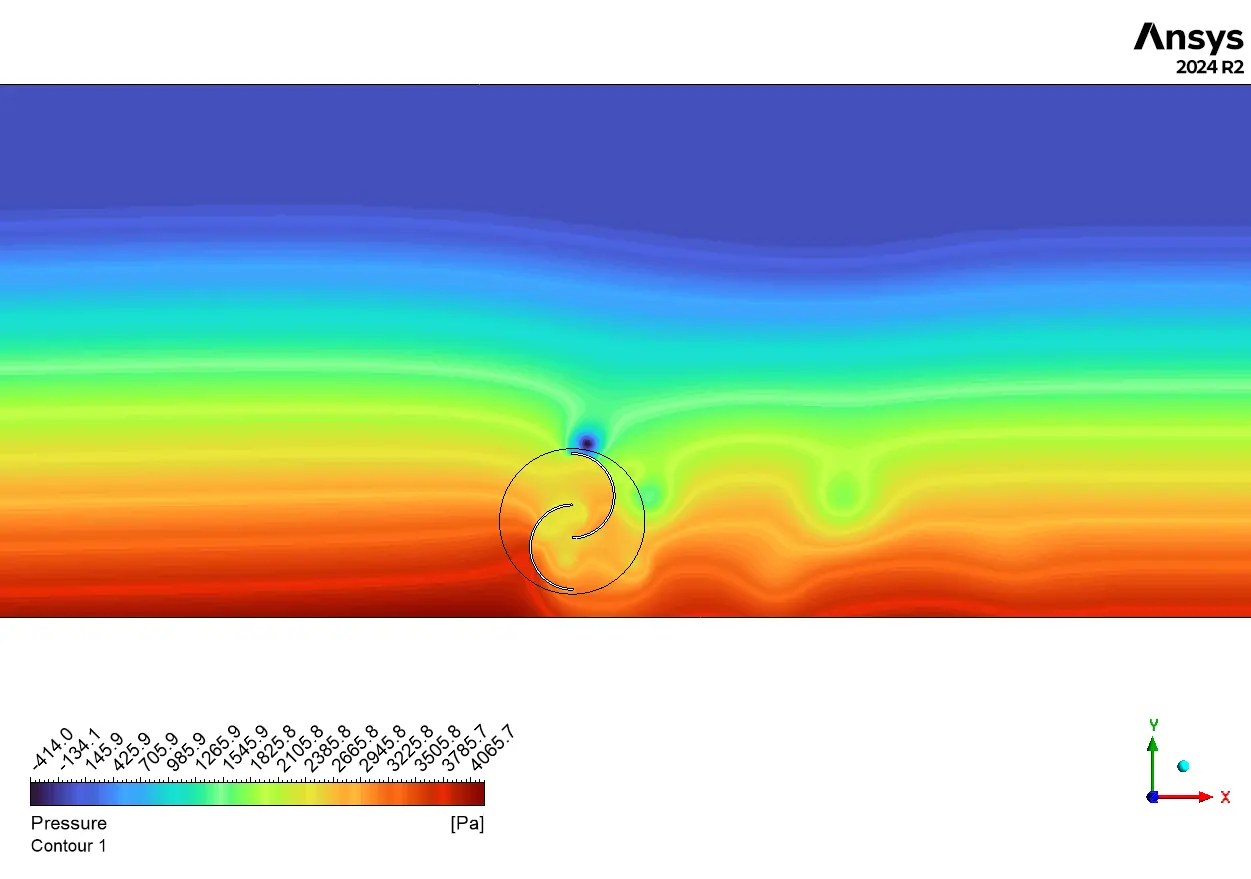
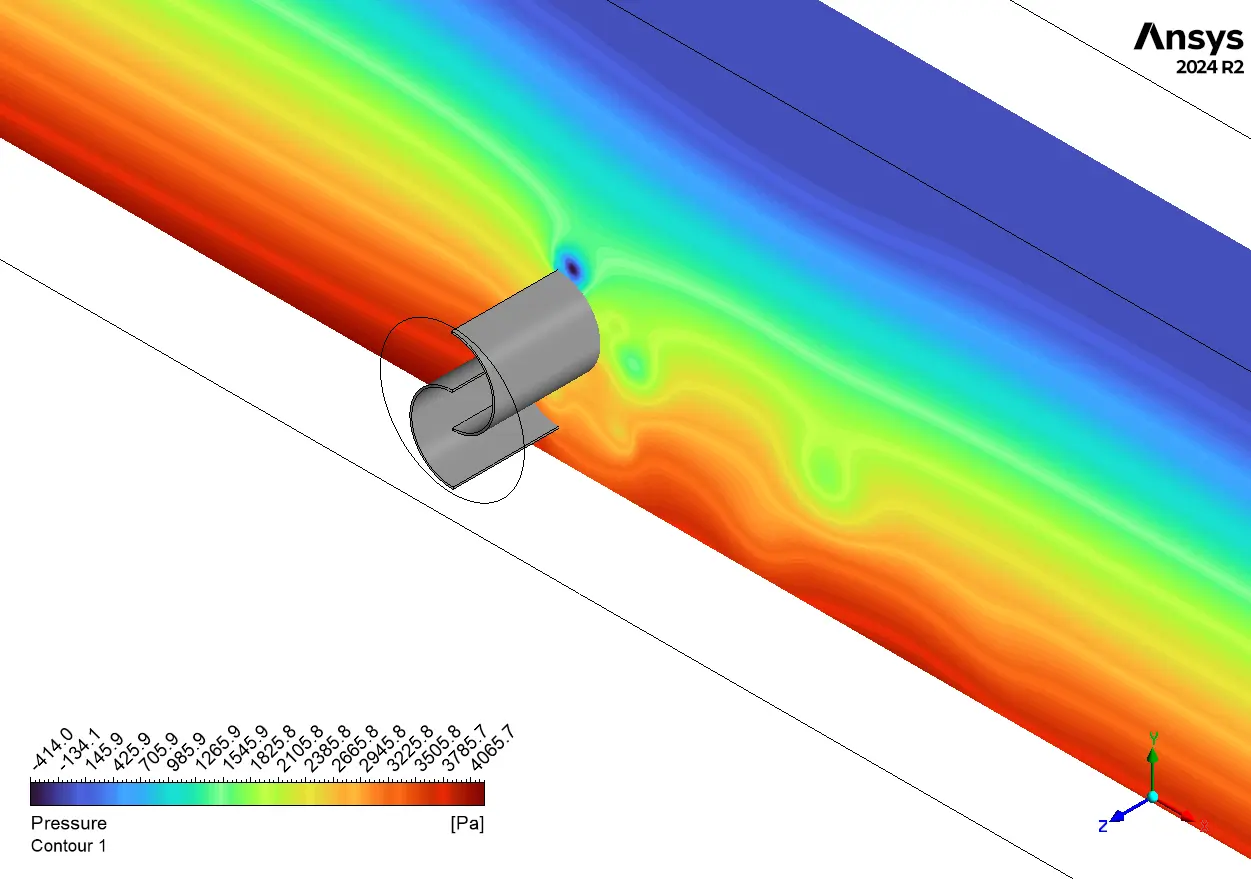
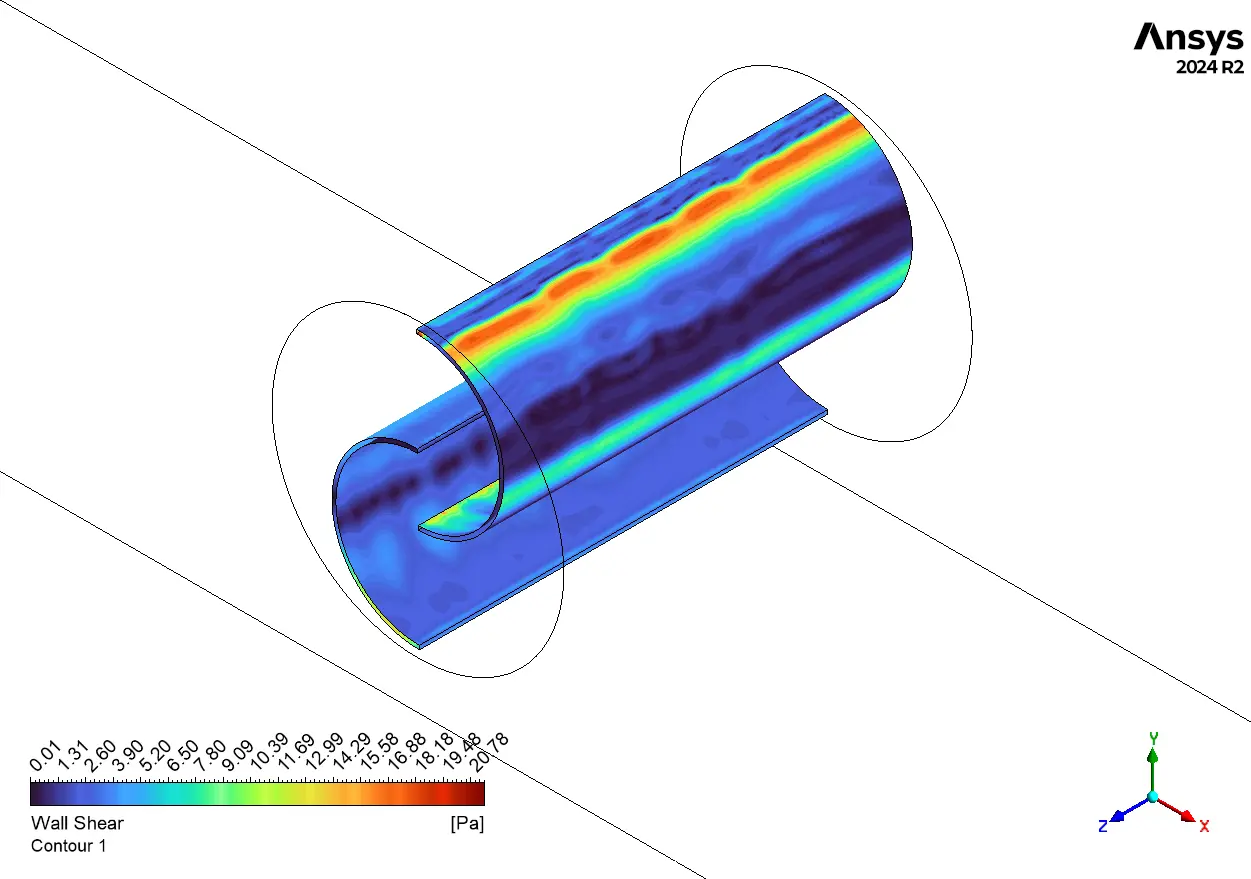

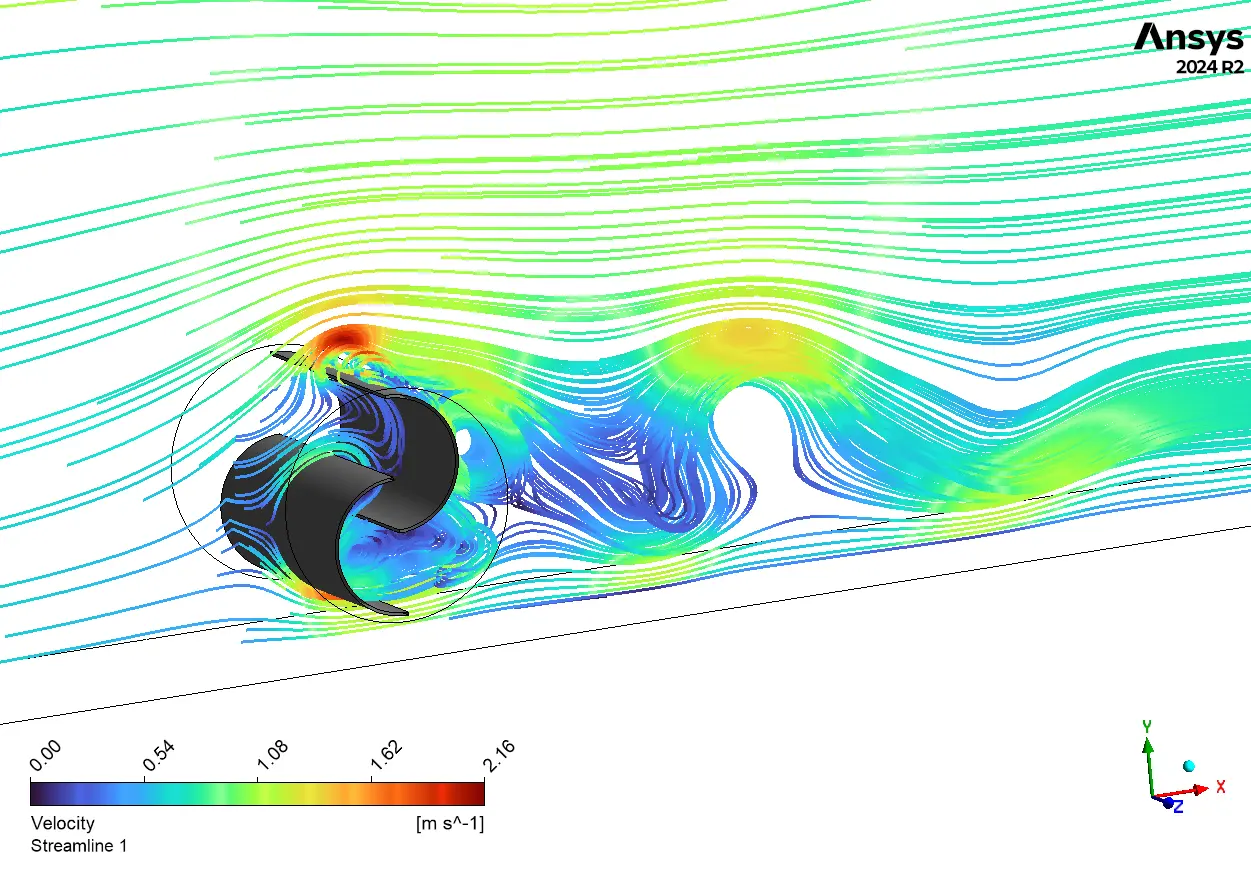
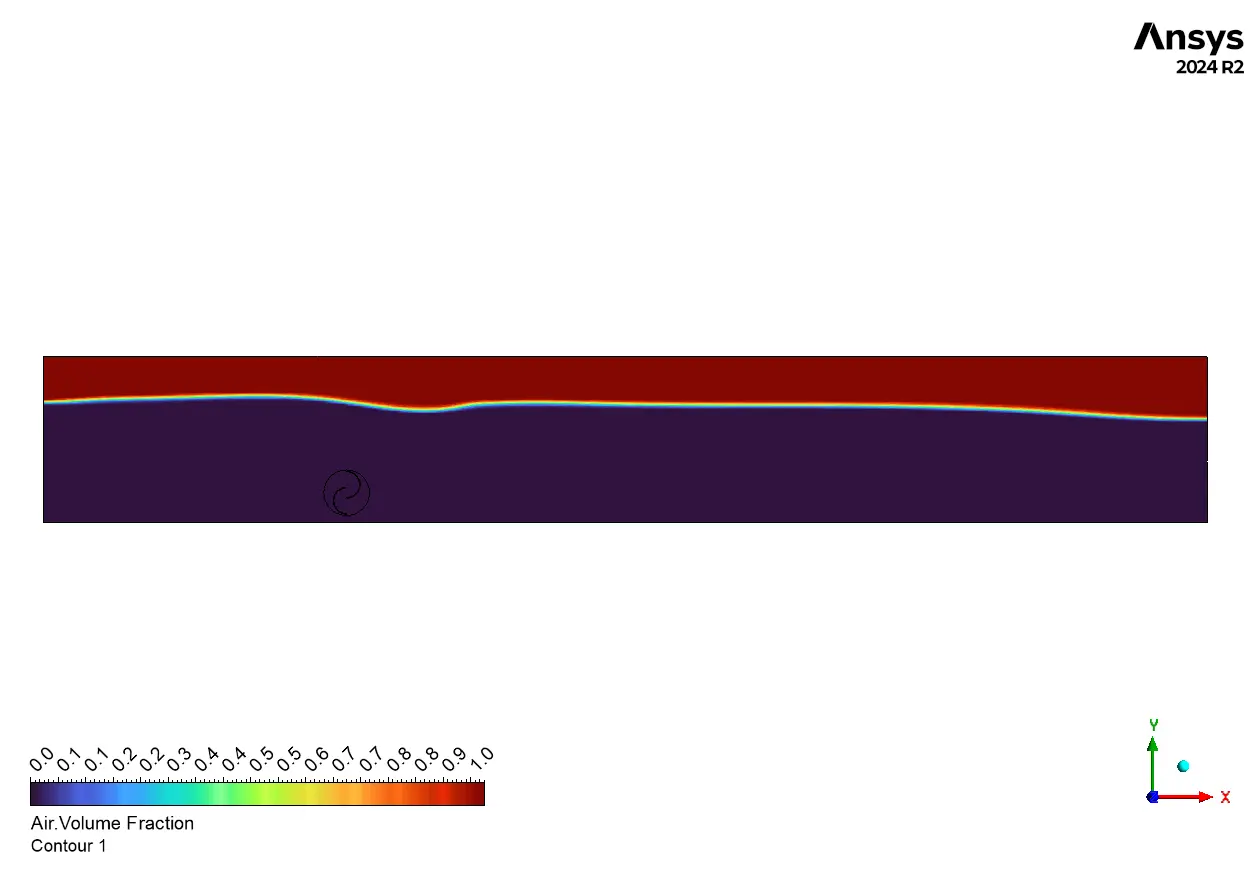

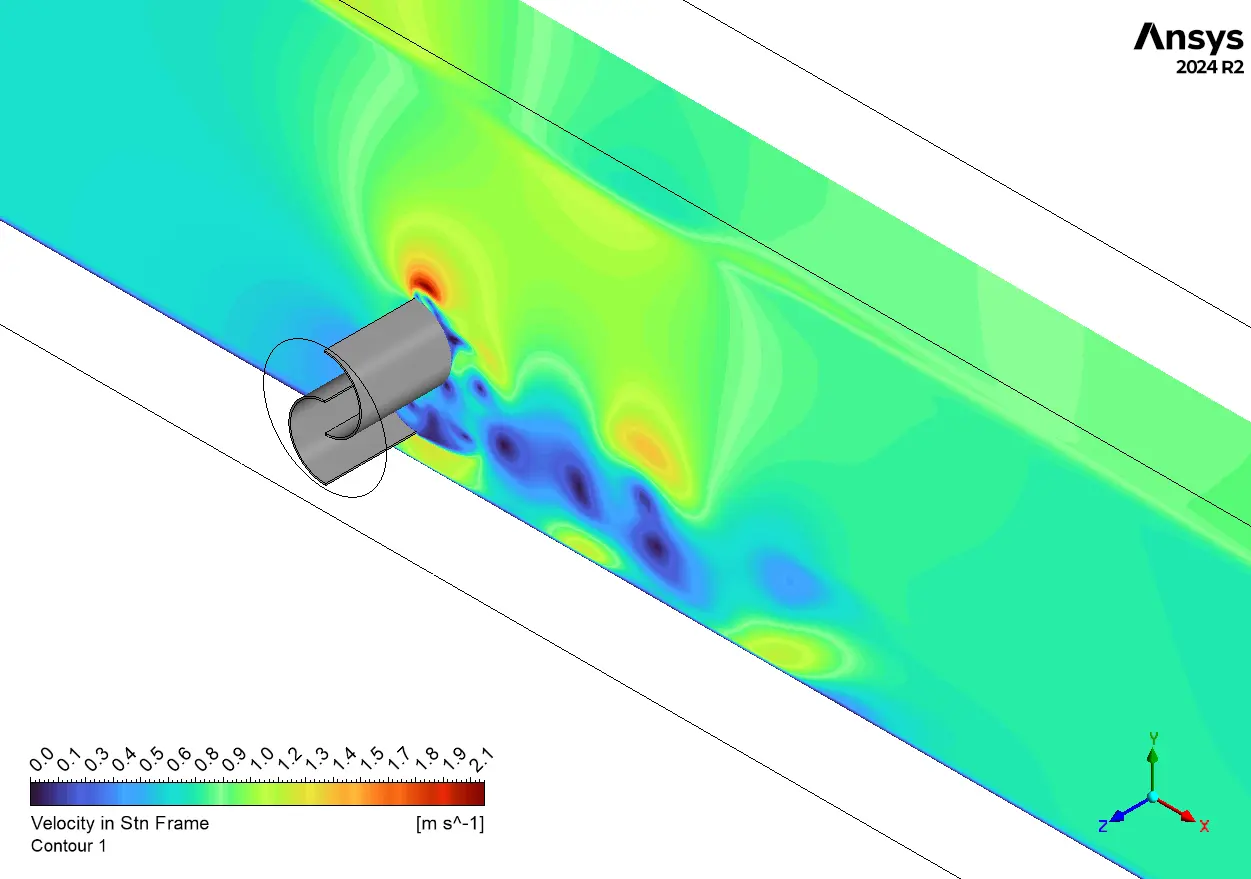
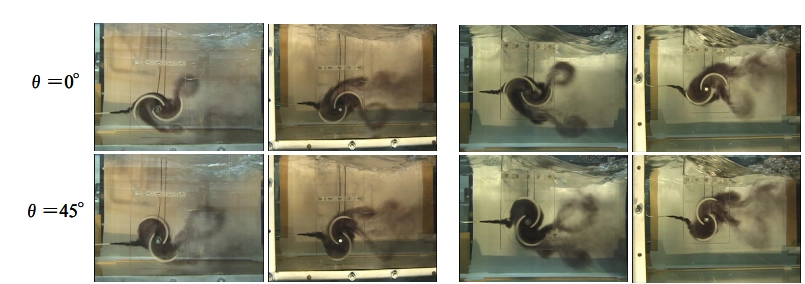

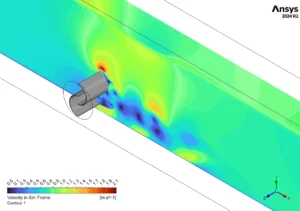






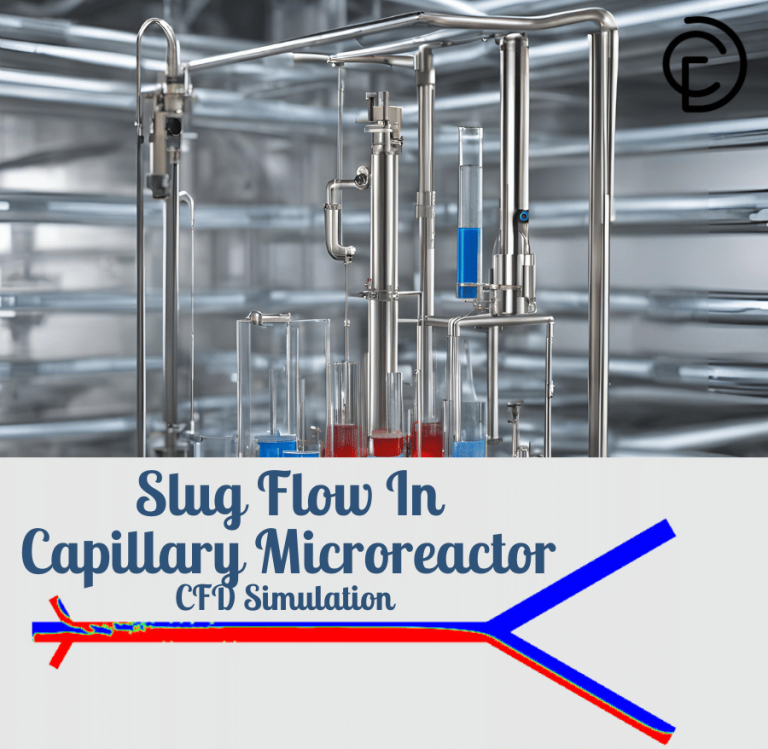

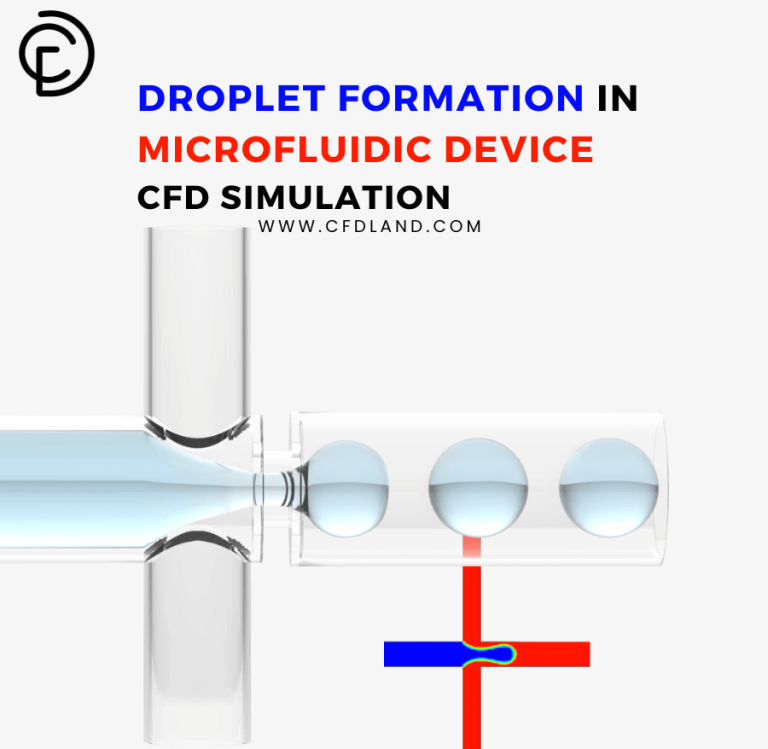

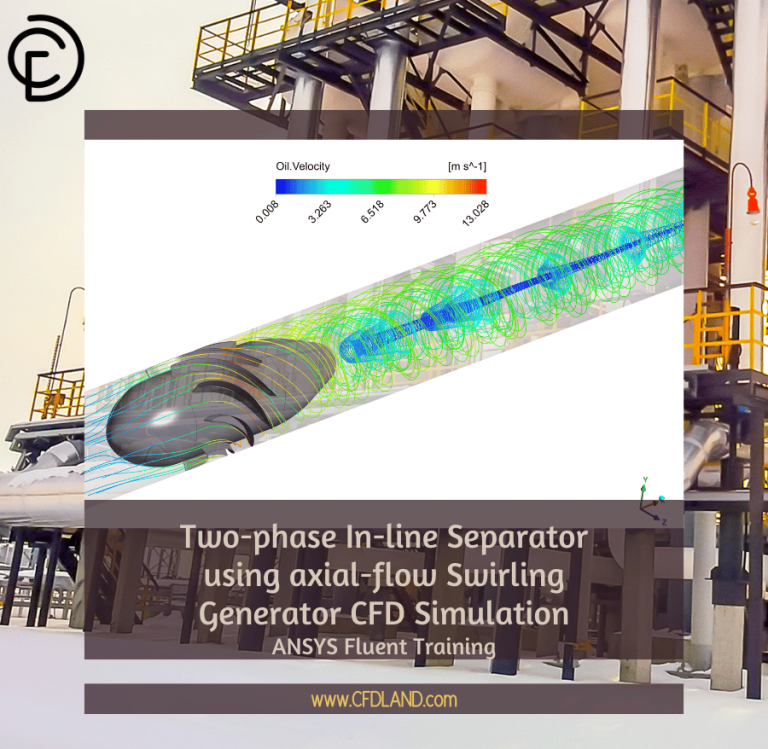
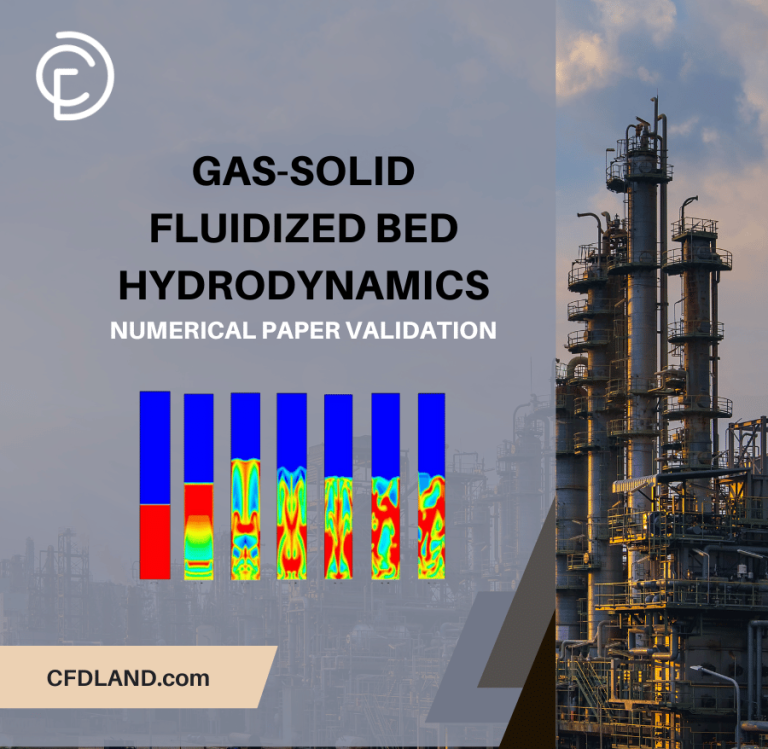
Reviews
There are no reviews yet.